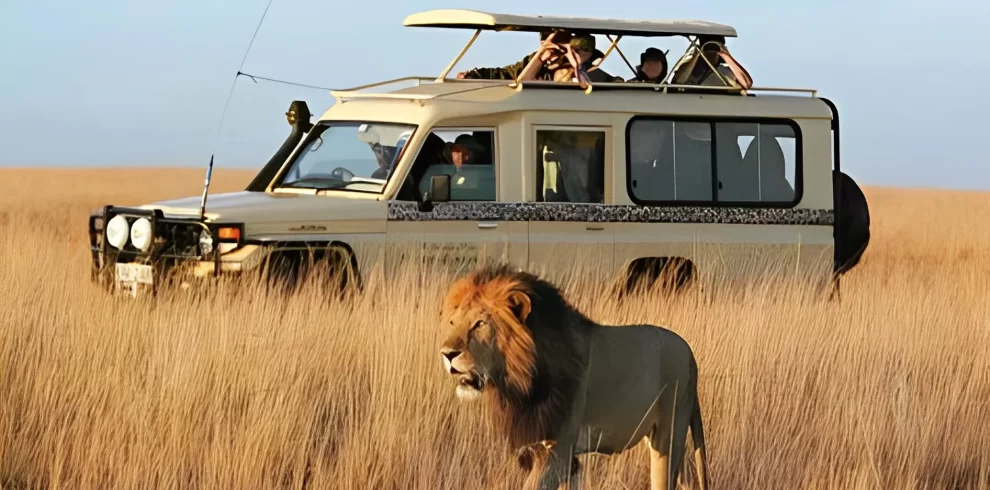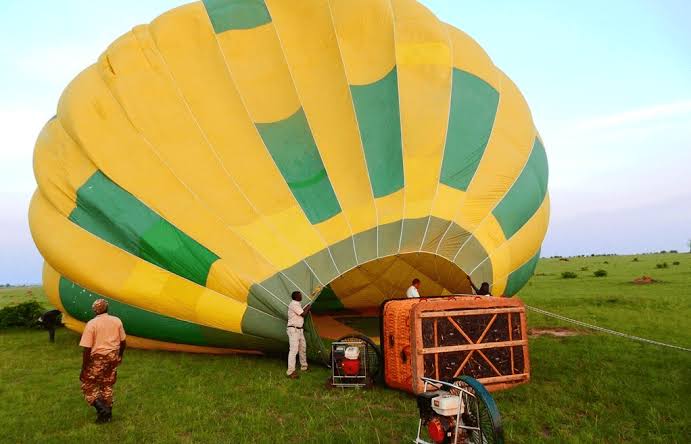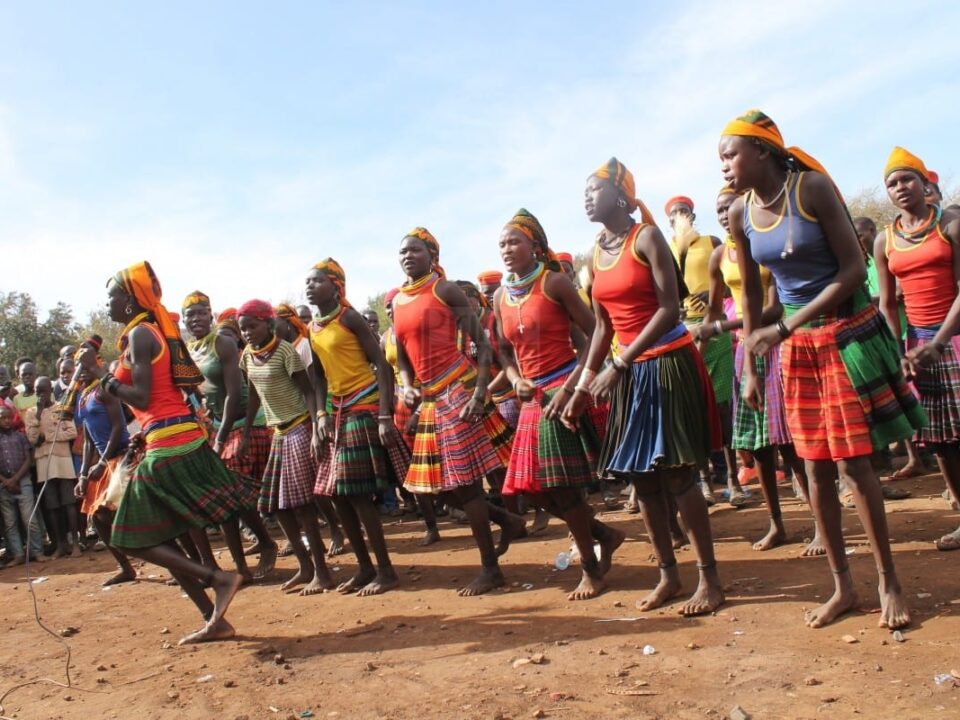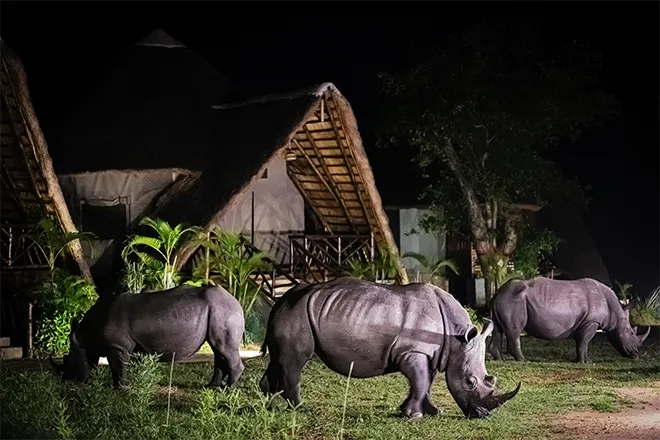- GET IN TOUCH WITH US:
- +256 753518160
- +256 777842166
- info@experiyatourcompany.com

Are there private guides available in Kenya?
November 20, 2025
How do I photograph the Great Migration safely?
November 20, 2025What’s the best time of year for wildlife photography in Kenya?

What’s the Best Time of Year for Wildlife Photography in Kenya?
Kenya is one of the world’s most spectacular destinations for wildlife photography, a paradise where golden plains, dramatic skies, and thriving animal populations come together to create scenes worthy of professional portfolios and lifelong memories. From big cats prowling through the grasslands to elephants marching beneath the shadow of snow-capped Mount Kilimanjaro, Kenya offers photographers an ever-changing canvas of breathtaking moments. Whether you are a seasoned photographer or a passionate beginner, timing your safari correctly can make all the difference in capturing those rare, perfectly lit, emotionally charged images that define great wildlife photography. This brings us to the big question: What’s the best time of year for wildlife photography in Kenya?
The truth is that Kenya offers excellent photographic opportunities year-round. But different seasons bring unique conditions—light quality, animal movement, vegetation density, weather patterns, and iconic natural events—that affect how easily and dramatically animals can be photographed. Understanding these seasonal dynamics helps travellers choose the perfect time that aligns with their photographic goals, whether they’re hoping for dramatic predator action, clear skies, lush backgrounds, baby animals, or the world-famous Great Migration.
This detailed guide explores each season in Kenya, what it offers for photographers, and how to decide the ideal period for your style and goals.
The Dry Season (June to October)
The dry season, stretching from June to October, is widely considered the best time for wildlife photography in Kenya. During these months, the landscape transforms into open, golden-toned plains where visibility is at its finest and wildlife congregates around water sources, making animals easier to locate and photograph.
Clear Visibility and Dramatic Light
The dry season offers a perfect combination of clear skies, warm golden hues, and minimal haze. The early mornings bring soft, pastel light ideal for portraits, while late afternoons bathe the savannah in a rich, warm glow that heightens textures, shadows, and animal movement. This “golden hour” effect is particularly pronounced in July, August, and September.
Easier Wildlife Sightings
With less vegetation, animals are more visible, making it easier to photograph elusive species like leopards and cheetahs. The scarcity of water draws animals into predictable congregations—elephants, zebras, giraffes, and antelopes gather near rivers and marshes, offering superb composition opportunities.
The Great Migration in Maasai Mara
The highlight of the dry season is the Great Migration, where millions of wildebeest and zebras move through the Maasai Mara from July to October. For photographers, this is a dream scenario—massive herds stretching across the plains, predator interactions, dramatic river crossings, dust clouds catching the afternoon light, and endless motion.
Photographing the Mara during the migration provides scenes that feel larger than life, unmatched anywhere else in the world.
Predator Activity at Its Peak
With migrating herds arriving, lions, cheetahs, and hyenas are especially active. Photographers often capture hunts, territorial battles, cub interactions, and other rare behavioural moments.
Because of the combination of clear skies, open landscapes, and abundant wildlife action, the dry season is the ultimate choice for action-packed photography.
The Green Season (November to May)
The green season, which includes both the short rains (November–December) and long rains (March–May), is often overlooked by travellers—but photographers treasure it. The rains create lush environments, moody skies, and incredible contrasts.
November–December
This period transforms Kenya into a vibrant green paradise. The rains are typically brief and fall in late afternoons or evenings, making game drives easy to schedule.
The photographic benefits include:
Brilliant green vegetation that contrasts beautifully with animal coats Dramatic cloud formations that add depth to landscape shots Soft lighting created by filtered skies, ideal for portrait photography Dust-free scenes that appear clean and vivid Migrating bird species adding diversity to images November is especially good for photographing newborn animals, as many species give birth during this season.
January–February
Though technically part of the green cycle, January and February often bring dryer spells with lots of sun. This time is ideal for photographing:
Lion cubs beginning to explore their surroundings Cheetah hunts in open grasslands Elephant herds moving across sunlit plains Flamingos around Rift Valley lakes Dramatic weather patterns—fast-moving clouds, unpredictable sunsets, and atmospheric lighting—make these months superb for landscape and wildlife combinations.
March–May
While heavy rains make travel trickier, this period offers extraordinary photographic conditions for creative and patient photographers.
Expect:
Moody, stormy skies that produce breathtaking contrasts Clearer air after rainfall, improving sharpness in distant shots Unique animal behaviour in wet conditions Green landscapes at full vibrancy Fewer tourists, allowing exclusive photography time In the hands of a skilled photographer, long rains deliver some of the most dramatic and ethereal wildlife shots possible.
 Region-by-Region Photography Timing in Kenya
Region-by-Region Photography Timing in Kenya
Different parks in Kenya peak at different moments for photography. Knowing these subtle differences can help photographers plan even more precisely.
Maasai Mara
Best photography months: July–October for migration; January–February for predator photography; November for lush green photography.
The Mara is outstanding year-round, but migration season produces unmatched action photography.
Amboseli National Park
Best photography months: January–March and June–October.
Amboseli is known for elephant herds framed by Mount Kilimanjaro. Clear skies are key, and they occur most often during these months. Dust in the dry season also adds atmospheric layers that enhance images.
Samburu National Reserve
Best photography months: December–March; June–August.
Samburu’s unique species—Grevy’s zebra, reticulated giraffe, gerenuk—stand out beautifully against the rugged, reddish landscapes.
Tsavo East and Tsavo West
Best photography months: June–October.
The giant elephants of Tsavo and the vast landscapes are best captured during dry, clear months when red dust creates dramatic contrasts.
Lake Nakuru & Lake Bogoria
Best photography months: January–March; June–September.
Flamingos, rhinos, and birdlife thrive during these drier and clearer periods.
What Kind of Photos You Can Expect Each Season
Dry Season Photos
Golden lighting Warm earth tones Dramatic wildlife interactions Stunning action shots Clear, sharp backgrounds Dusty atmospheric effects
Green Season Photos
Brilliant greens and soft lighting Beautiful animal portraits Lush vegetation and flowers Water reflections Dramatic storms and rainbow shots Fewer vehicles in the background
Both seasons are extraordinary—it depends on your photographic preferences.
Tips for Wildlife Photography in Kenya
To make the most of your trip during any season:
Use early morning and late afternoon for photography midday light is too harsh Learn animal behaviour—anticipation is everything Keep shutter speed high for action shots Bring two camera bodies to avoid lens changes in dusty conditions Choose private game drives for maximum flexibility Ask for a photography-friendly vehicle with open sides or roof Maintain patience; the best photos reward those who wait Whether you come for the migration or the rainy-season drama, Kenya rewards photographers with magic in every season.
So, What’s the Best Time of Year for Wildlife Photography in Kenya?
It depends on your style:
Choose June to October if you want:
Action scenes, predator hunts, migration photos, clear skies, and golden light.
Choose November to May if you prefer:
Lush landscapes, dramatic skies, baby animals, and artistic environmental portraits.
Both seasons offer spectacular photography opportunities, and many professionals visit multiple times of the year to capture Kenya’s full beauty.
Book Your Photography Safari with Experiya Tour Company
For travellers seeking an expertly planned wildlife photography safari in Kenya, Experiya Tour Company offers customized itineraries designed to maximize photographic opportunities throughout the year. Their private guides, photography-friendly vehicles, and hand-picked lodges ensure that every moment is optimized for exceptional imagery. Whether you want migration action, moody green-season skies, or iconic shots of elephants under Kilimanjaro, Experiya designs safaris tailored to your exact vision. When planning your photography-focused safari in Kenya, trust Experiya Tour Company to craft an experience rich in beauty, timing, and unforgettable wildlife encounters.



